The VS-300, crafted by Vought-Sikorsky, represents a significant milestone in the annals of aviation as the first helicopter to achieve success worldwide. This groundbreaking development signified a crucial juncture in the evolution of rotary-wing aircraft, influencing the advanced helicopters we witness in contemporary times.
Igor Sikorsky, born in Kiev, Russian Empire (now Ukraine), was an aviation pioneer who made significant contributions to both fixed-wing and rotary-wing aircraft. His journey with helicopters began in 1938 while working as the Engineering Manager of the Vought-Sikorsky Division of the United Aircraft Corporation. Convincing the corporation’s directors to support his vision, Sikorsky embarked on a quest to solve the complex challenges of rotary-wing flight, leveraging his extensive research and expertise.
Design and Development of the VS-300
Sikorsky’s first experimental helicopter, the VS-300, was a bold step into uncharted territory. Test-flown on September 14, 1939, initially tethered by cables for safety, the VS-300 was a manifestation of Sikorsky’s innovative approach to helicopter design. It initially featured a single three-blade rotor powered by a modest 75 horsepower (56 kW) engine, a configuration that was revolutionary for its time.
On May 13, 1940, the VS-300 completed its first untethered, or “free,” flight. This milestone event saw the helicopter lift to a height of 15-20 feet and traverse 200 feet forward. It then demonstrated its ability to hover, reverse, and safely land. This successful flight underscored the potential of Sikorsky’s design and marked the beginning of a new era in aviation.
Throughout its development, the VS-300 underwent several modifications, showcasing Sikorsky’s relentless pursuit of perfection. Notably, he was the first to employ a single engine to power both the main and tail rotor systems. Challenges with the cyclic control led to the addition of two smaller vertical-axis lifting rotors for improved stability and control. However, these were later removed when Sikorsky developed a more effective cyclic control system.
The early models of the VS-300 struggled with effective flight control, particularly in forwarding motion. To address this, Sikorsky humorously considered rotating the pilot’s seat to face backward. This challenge was a catalyst for further innovation, leading to the development of more sophisticated control mechanisms for better maneuverability and stability.
Sikorsky further expanded the VS-300’s capabilities by fitting it with utility floats, enabling the first practical amphibious helicopter operations with a water landing and takeoff on April 17, 1941. On May 6, 1941, the helicopter set a new world endurance record, staying aloft for 1 hour, 32 minutes, and 26.1 seconds, surpassing the record held by the Focke-Wulf Fw 61.
The potential of the VS-300 caught the attention of the U.S. military. In May 1942, a two-seater version of the helicopter was delivered to the U.S. Army. The final variant of the VS-300 was equipped with a more powerful 150 hp Franklin engine, expanding its capabilities to carry cargo.
After a period of rigorous testing and development, the VS-300 was retired in 1943 to the Henry Ford Museum in Dearborn, Michigan, where it remains on display, except for a brief return to the Sikorsky Aircraft plant for restoration in 1985. The helicopter’s success and the lessons learned from its development laid a crucial foundation for future advancements in helicopter technology.


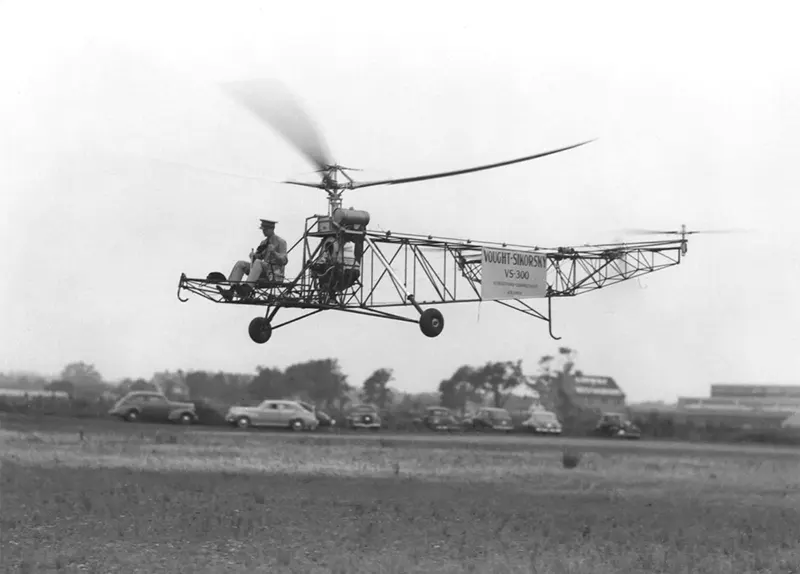
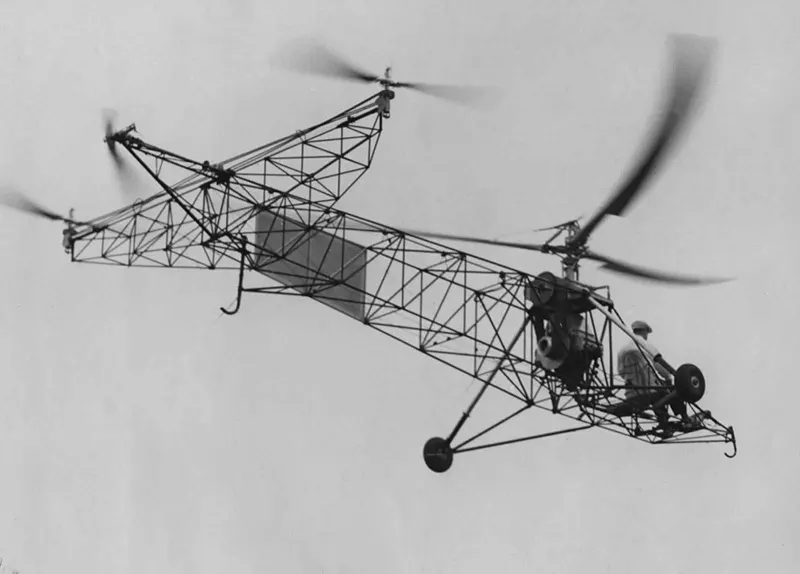
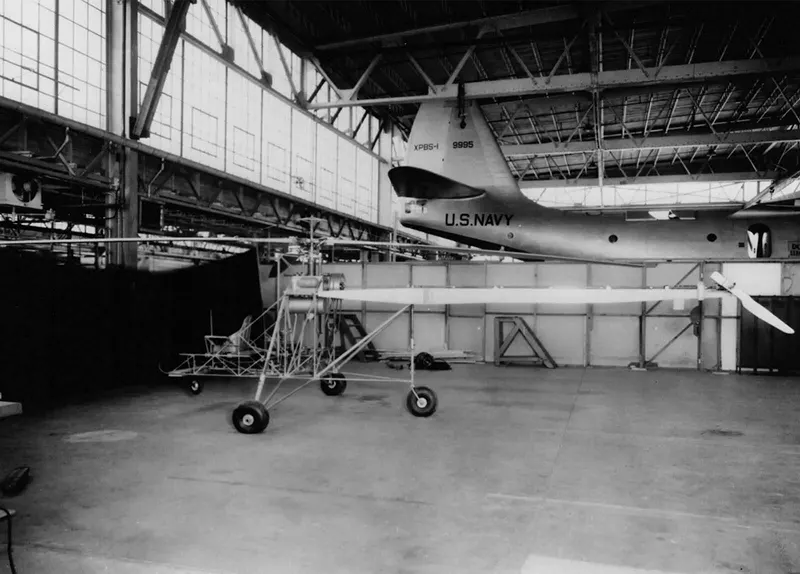
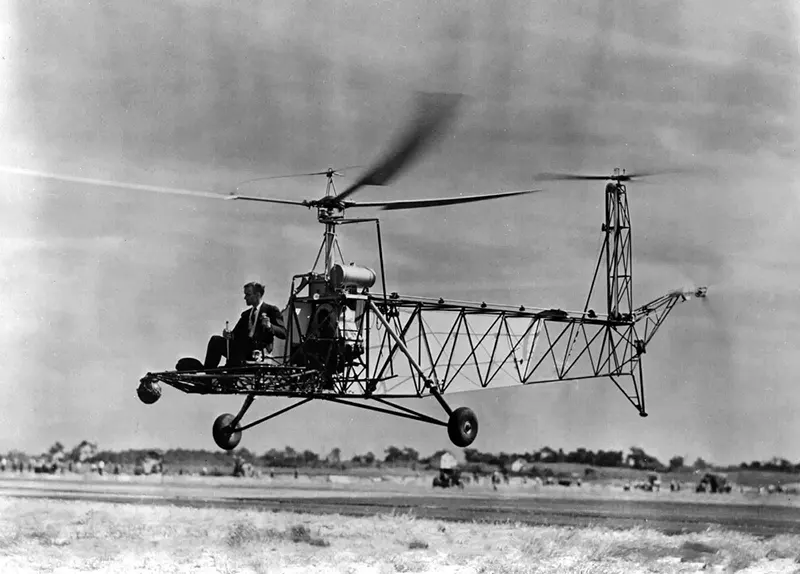
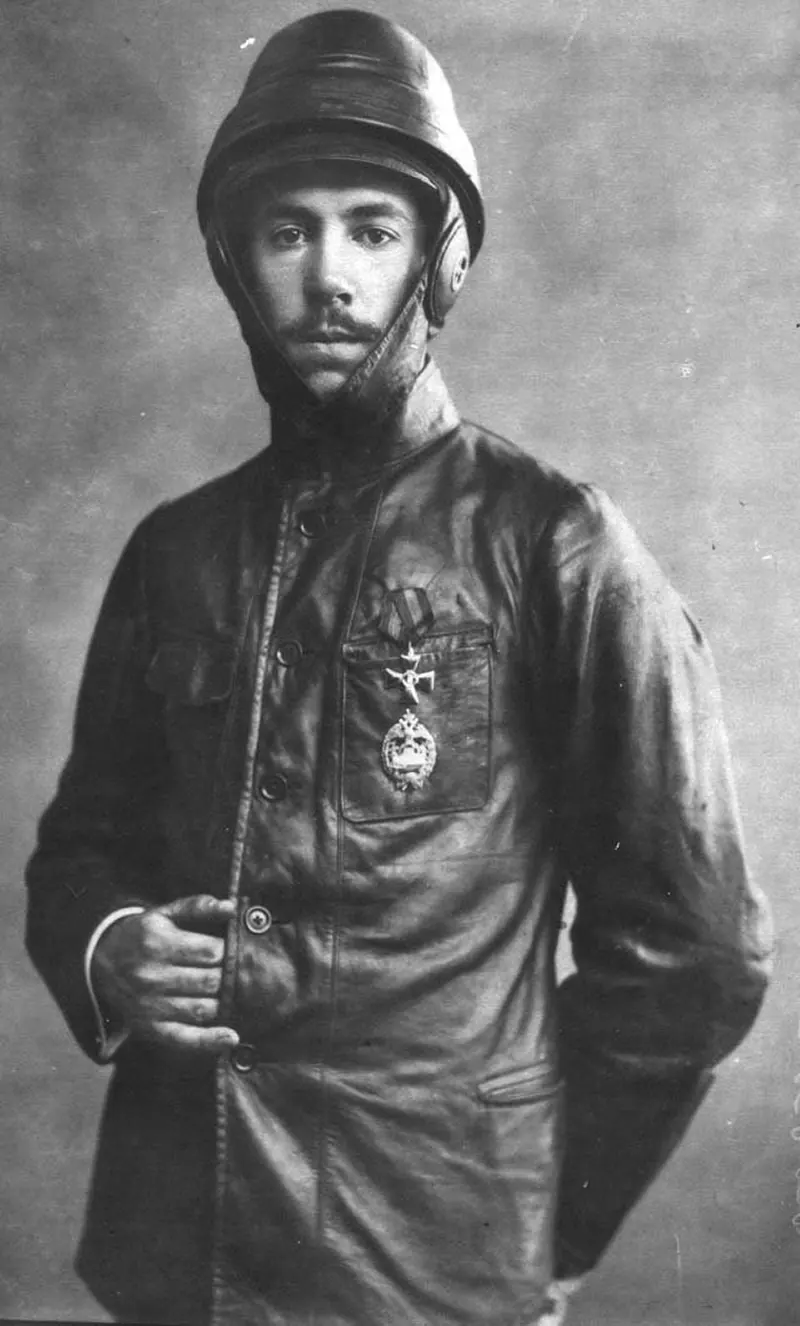
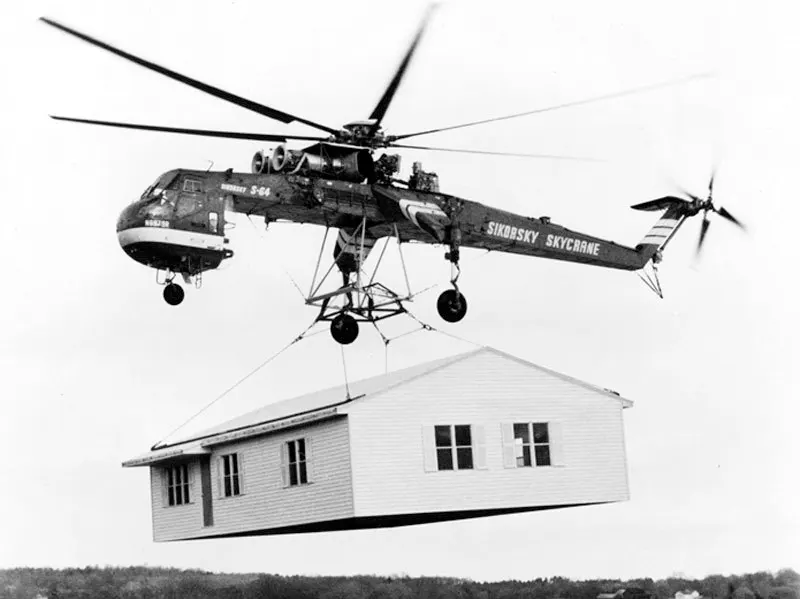
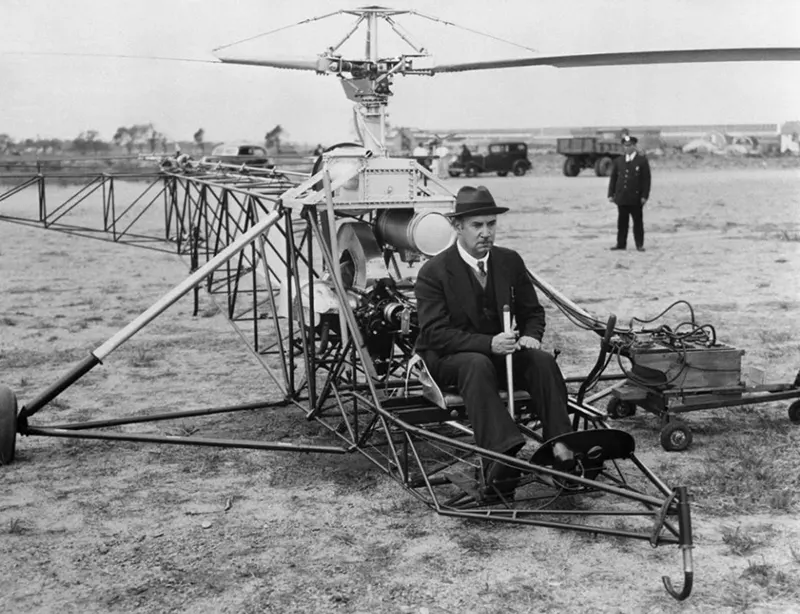
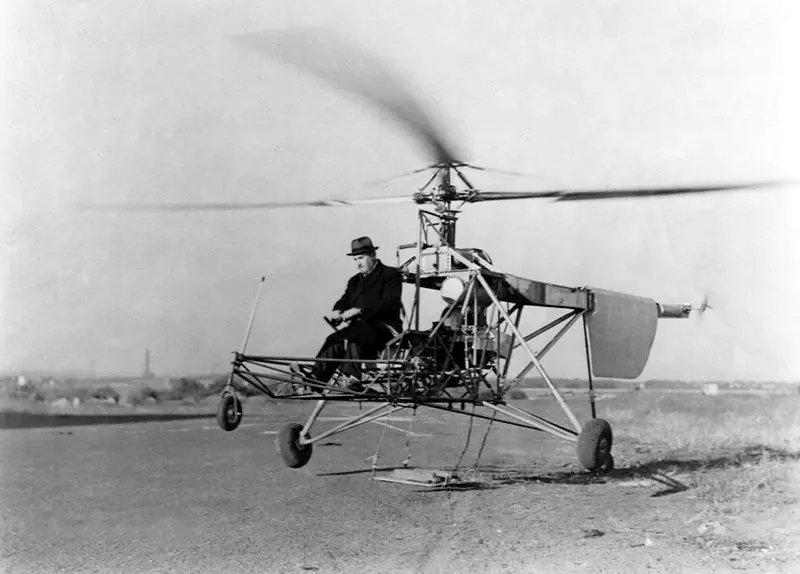
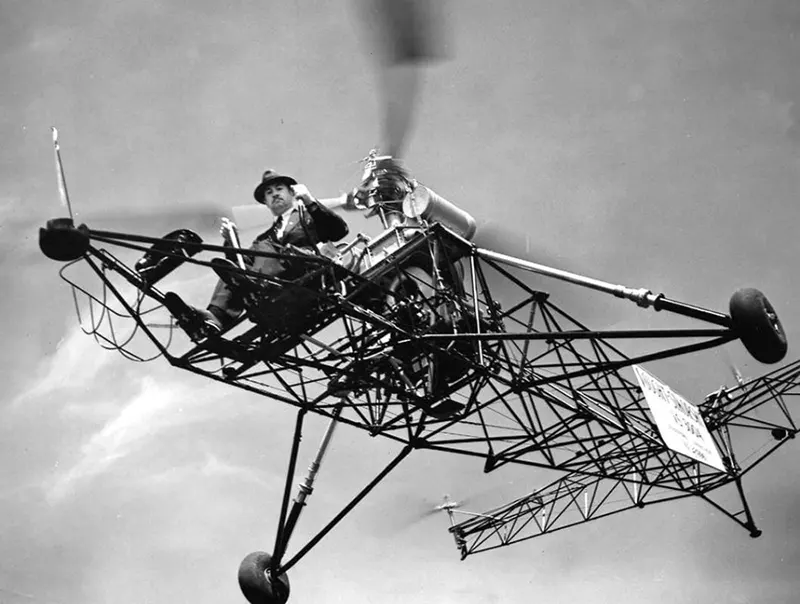
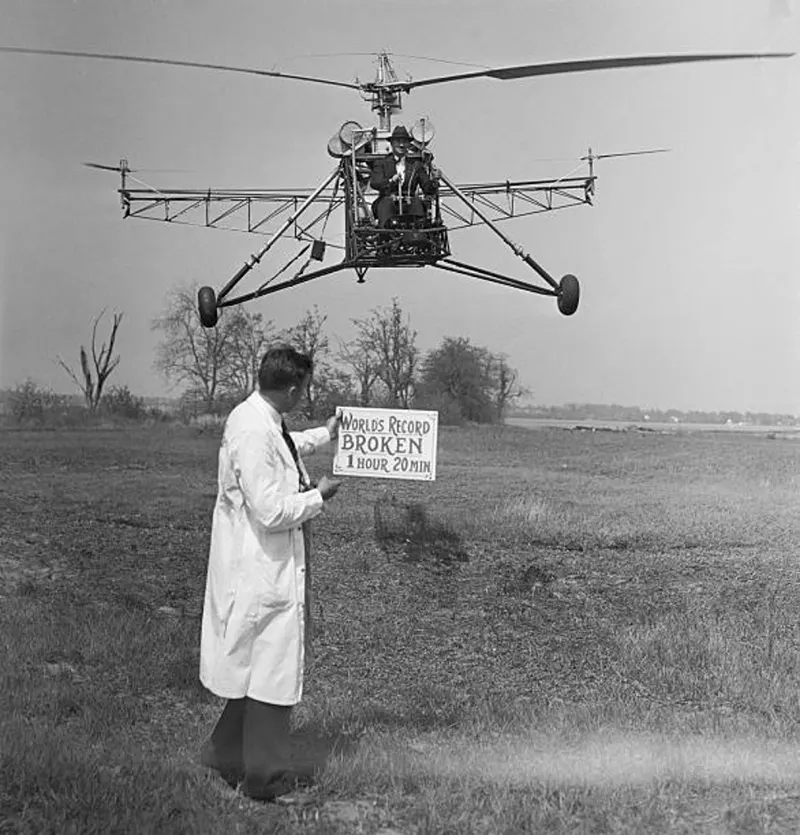
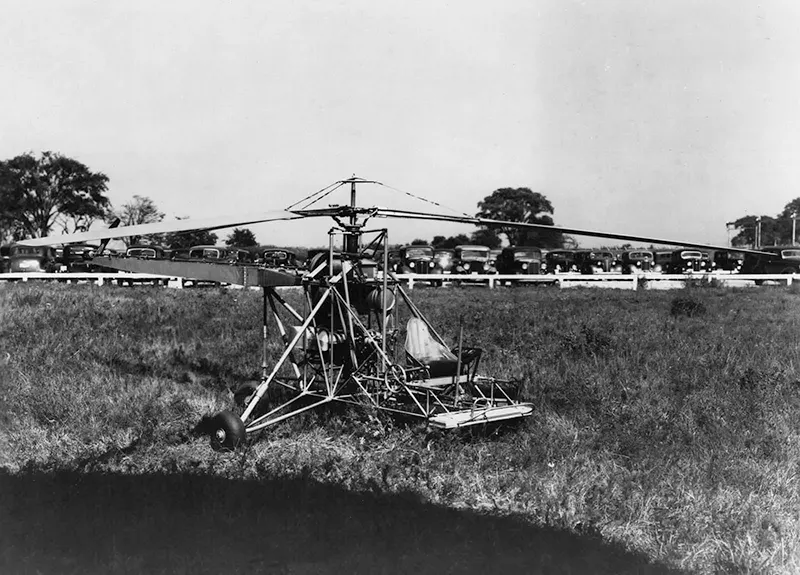
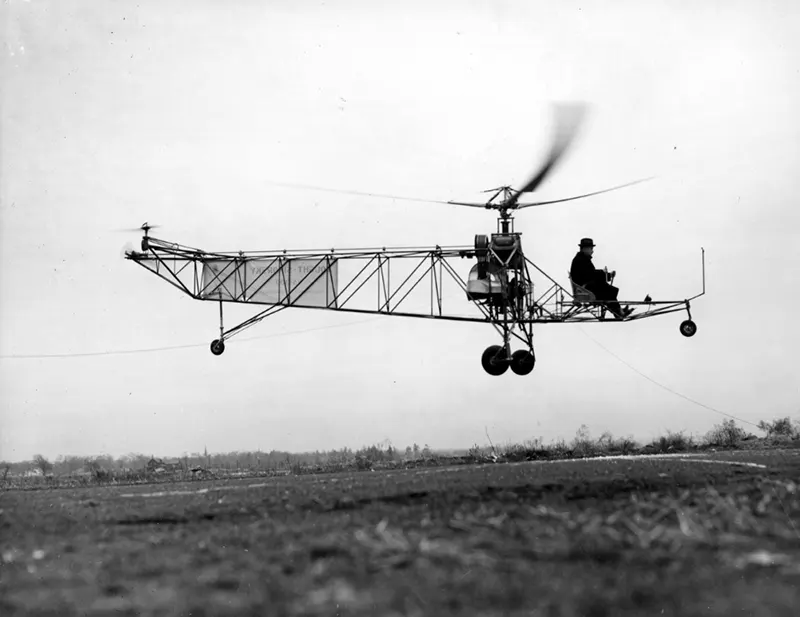
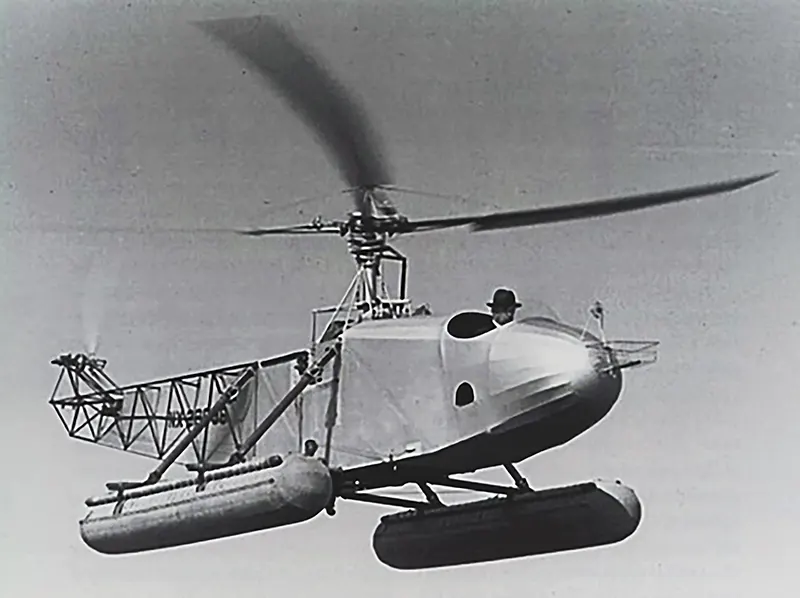
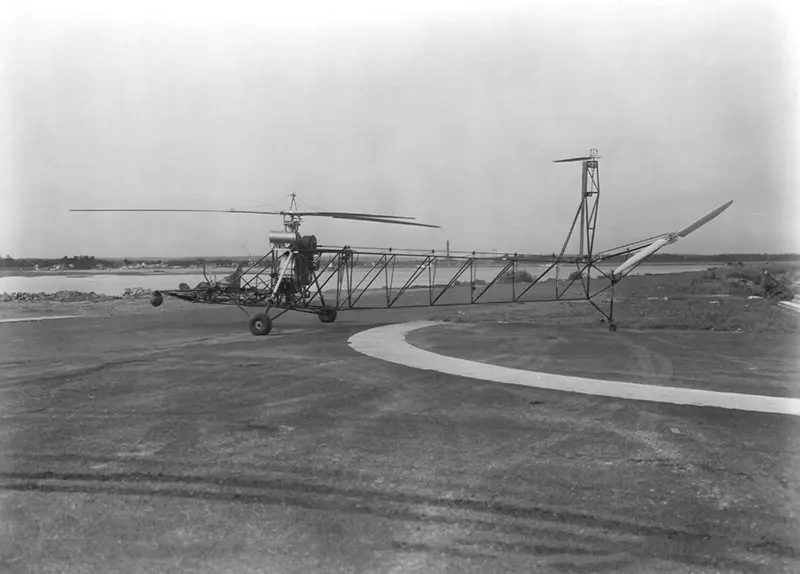
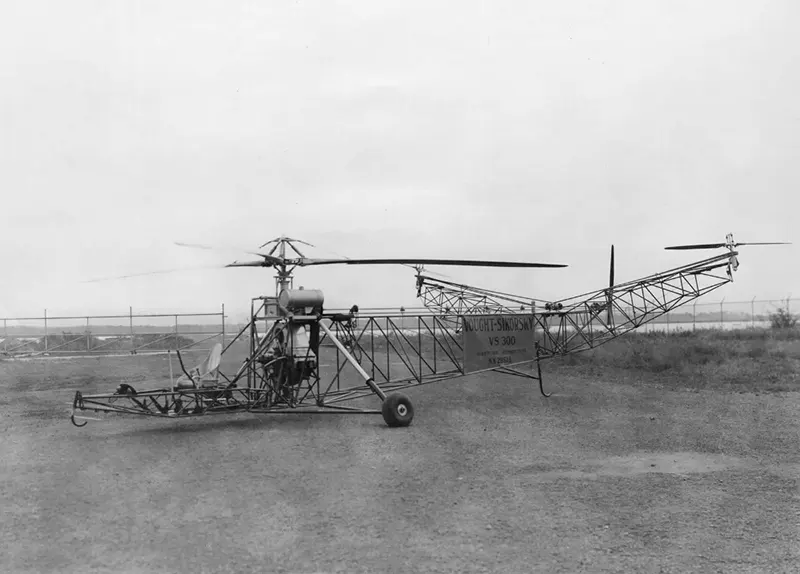
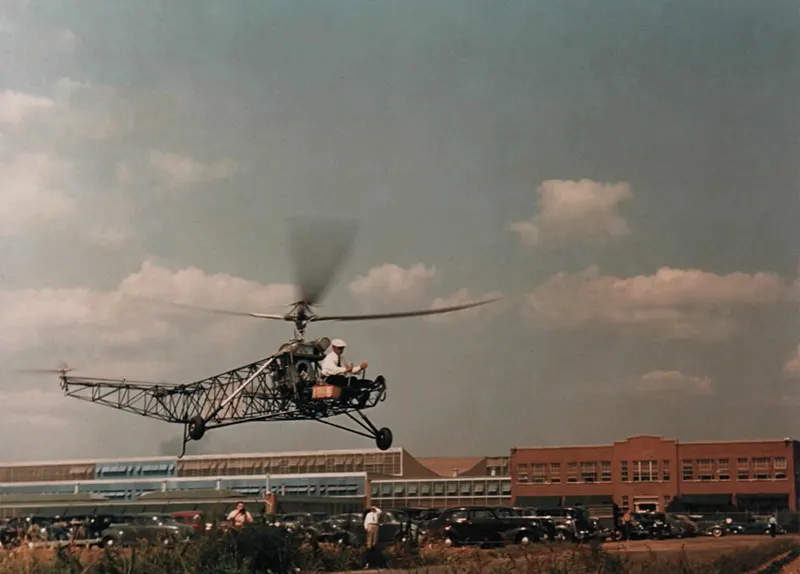
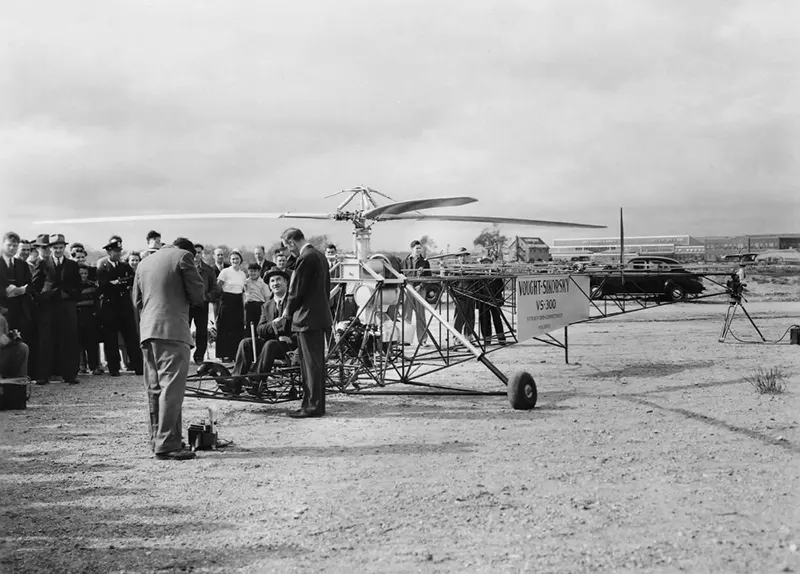

The German Flocke-Wulf FW 61 flew inside an arena in Berlin in Feb 1938, a full year before the VS-300’s first flight. The FW 61 had already been flight tested for several months and was ready for production.